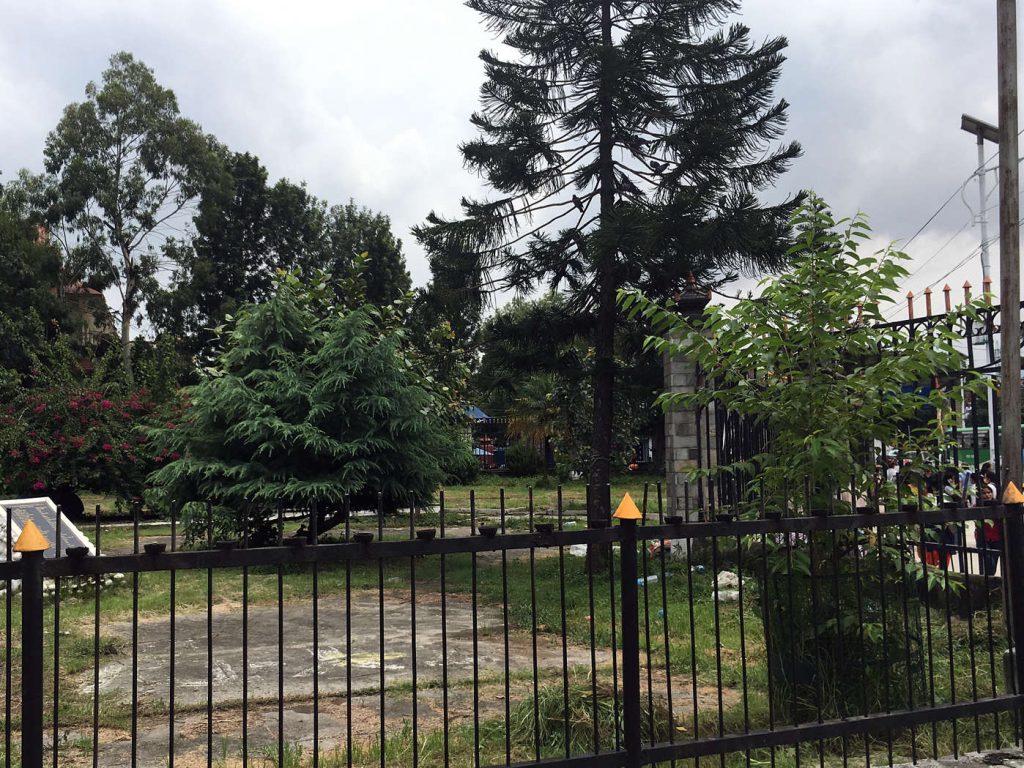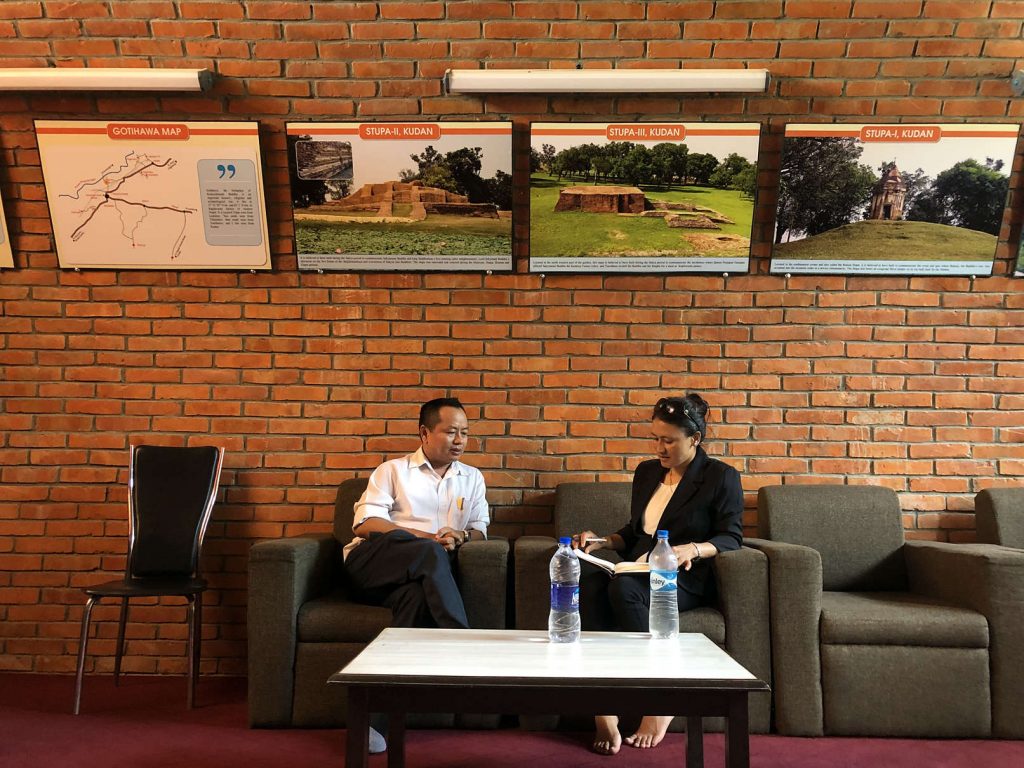ウンマ理解から見る近現代中国ムスリムのイスラーム ――時子周と馬堅の比較を例に――
研究全体の概要 従来、クルアーンの中で語が意味論的にどのように機能するかについては多数の研究が蓄積されてきたが、アジア地域、特に中国に注目する研究は不足している。今回の調査の目的は、国立国会図書館関西分館に所蔵する史料を元に、激動している…

In the context of Nepal–Japan relations, state and non-state actors are involved in developing bilateral relation between the two countries. In Nepal, during the Panchayat era (1960–1990), the Nepali king and Japanese emperor, along with state actors such as ministers, politicians, diplomats, and various sub-state actors of both the countries played an important role in strengthening this relationship. After the restoration of multiparty democracy in 1990 from the one-party Panchayat government, Nepal became the member of several Intergovernmental Organisations (IGOs),the International Non-Governmental Organisations (INGOs) and regional organisations and had more Nepali representations than before. The number of Non-Governmental Organisations (NGOs) working in Nepal has grown significantly compared to the Panchayat era. This has helped in building strong one-to-one communications and links, along with various participative programs organised by the state and non-state level agents. People’s participation and exchanged visits at different levels have, thereby, enhanced bilateral relations between Nepal and Japan.
The purpose of this research was to find out how the agents of the state, sub-state, and non-state levels function and perform activities to strengthen the bilateral relationship between the two countries. For this field research, conducted between 2 August to 18 September, 2019. I focused on the activities of the sub-state agents.

I visited two cities in Nepal, Kathmandu and Lumbini, which have entered in sister-city relationship with their counterparts in Japan. I conducted interviews with the local people and the government officers who have in-depth knowledge about sister cities (vagini sambandha). Similarly, I collected primary and secondary data from the Kathmandu Municipality Office, Lumbini Development Trust, Ministry of Foreign Affairs, Embassy of Japan in Nepal, Japan International Cooperation Agency (JICA) office in Nepal, and Central Library of Tribhuvan University. At sub-state levels, Japan has established its sisterly relations with four cities of Nepal. These were between the following cities from Nepal and Japan, respectively: Tukche VDC and Toga village of Toyama prefecture (friend villages in 1989, sister villages in 1996); Kathmandu and Matsumoto of Nagano prefecture (1989); Pokhara and Komagane of Nagano prefecture (2001); and Lumbini and Koyasan of Wakayama Prefecture (2015). Among these sister-cities, I decided to visit two cities in Nepal and observe their activities. First, I conducted my field work in Kathmandu Metropolitan City (KMC), which has sisterly relation with Matsumoto city of Nagano Prefecture in Japan. I met the Deputy Director of International Relations Secretariat and other staffs and spoke to them. They informed me that KMC has not only established its sisterly relation but it is also a full and good standing member of international organisations of Japan such as Regional Network of Local Authorities for the Management of Human Settlement (City Net); Yokohama, Japan; League of Historical Cities (LHC) Kyoto, Japan; and Mayors for Peace, Hiroshima, Japan. I also saw the peace garden where Mayor Akira Sugenoya of Matsumoto City had planted two ‘Himalaya Sakura Plants’ as Matsumoto Friendship Memorial Tree in 2016. Furthermore, as an example of officials’ exchange and culture exchange of both cities, local governmental officials from Matsumoto city were there to observe the festival of Indra Jatra (13 September 2019). Secondly, I conducted my fieldwork in Lumbini, which has sisterly relation with Koyasan of Nagano Prefecture in Japan. To gather reliable information, I visited the office of Lumbini Development Trust (LDT), met the authorised person, and discussed the conditions, activities, and contributions of the sister cities. In this way, I became aware of the facts and inter-connections between Lumbini and Japan. I was surprised when I heard that the Master Planner of Lumbini was a Japanese architect, Prof. Kenzo Tange. It was designed in 1978 and it covers an area of 1×3 square miles, comprising three zones of a square mile each. For the implementation of the master plan, Lumbini Development Project was funded by the Japanese Funds-in-Trust for the Preservation of the World Cultural Heritage. I also visited Japanese temples, the World Peace Pagoda of Japan, and two Japanese hotels. One of the officers said that whenever there is a disaster in Japan, LDT uses the Maya Devi Temple to organise programmes for praying and lighting butter lamps/incense sticks to pay homage to the victims. Such an exchange of sympathy or sentiments shows the Nepali people’s love for Japan.
For further research, I plan to visit Matsumoto city and Koya city in Japan so that I can observe the activities of the sister-cities in both Japan and Nepal. Then, I will observe the activities of the Japanese NGOs and explore the role of the Japan Foundation in establishing the bilateral relations between Nepal and Japan.
Copyright © 附属次世代型アジア・アフリカ教育研究センター All Rights Reserved.